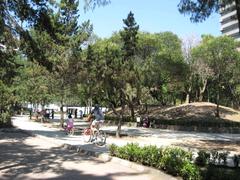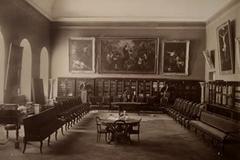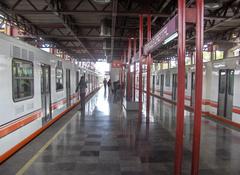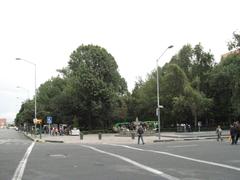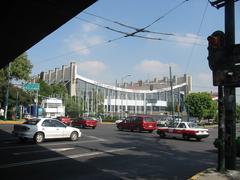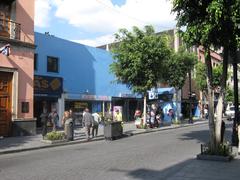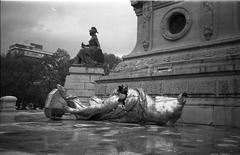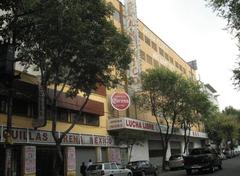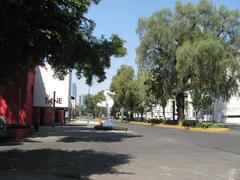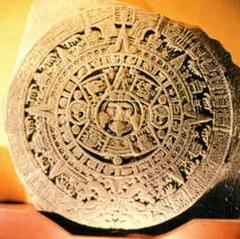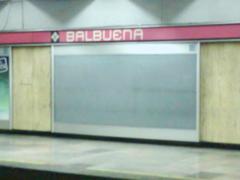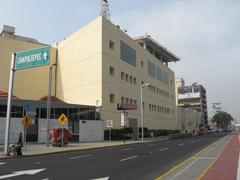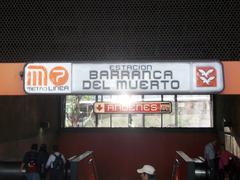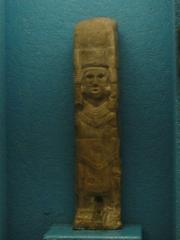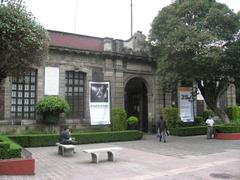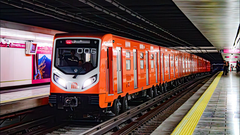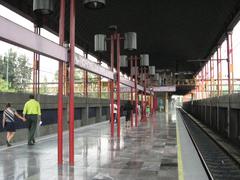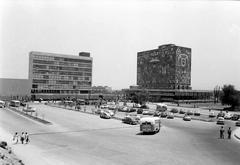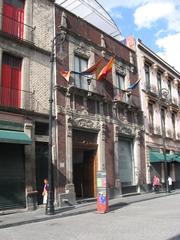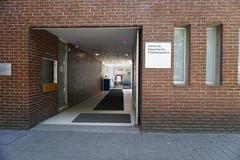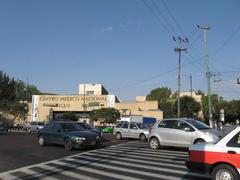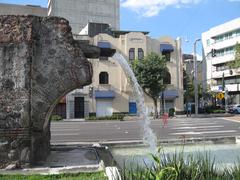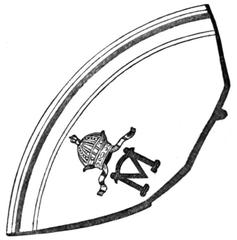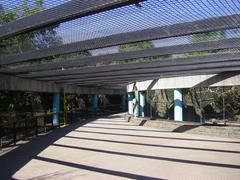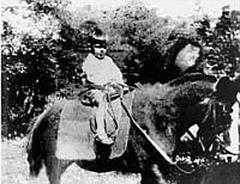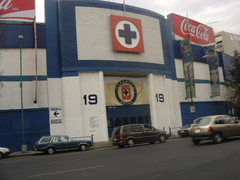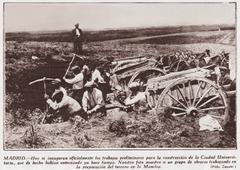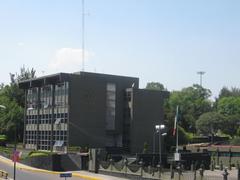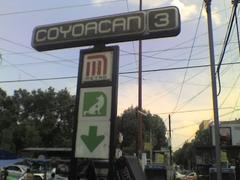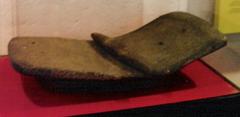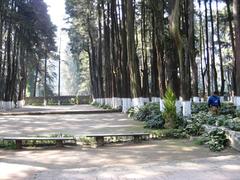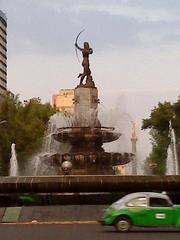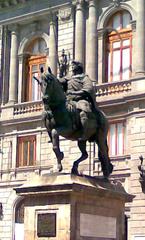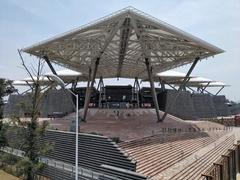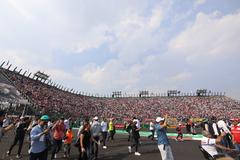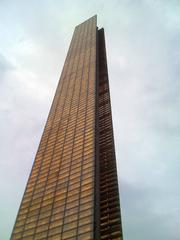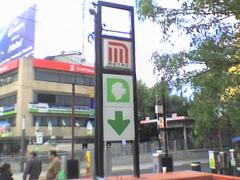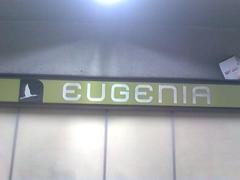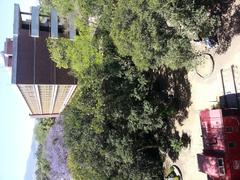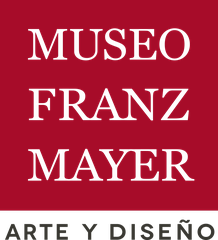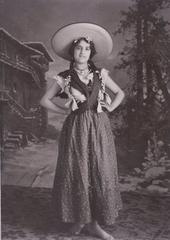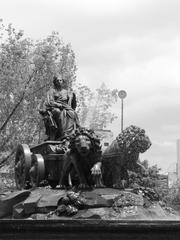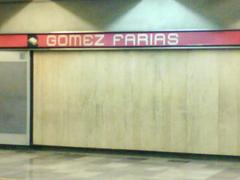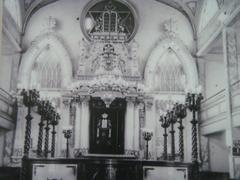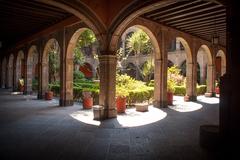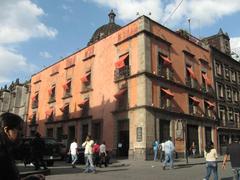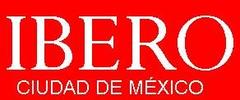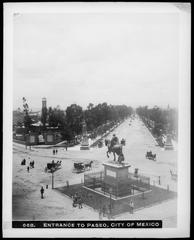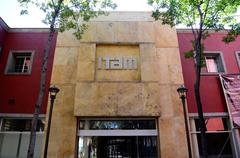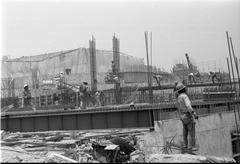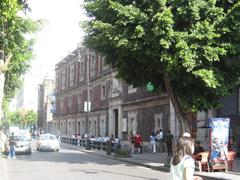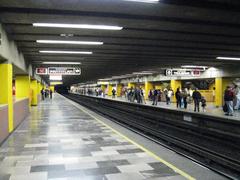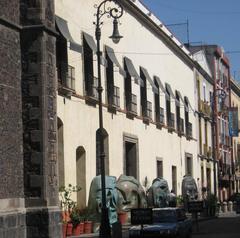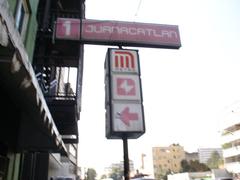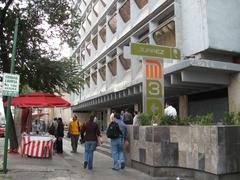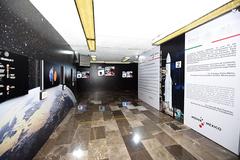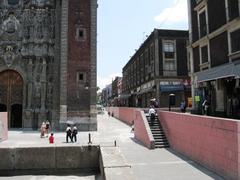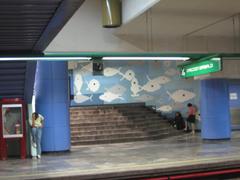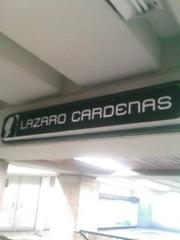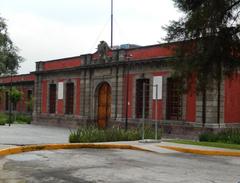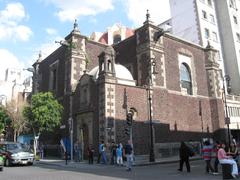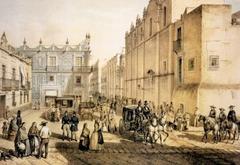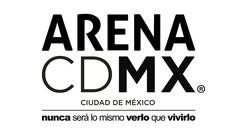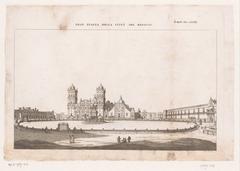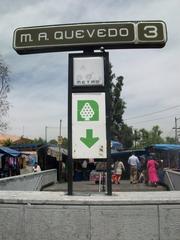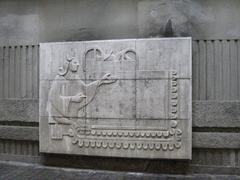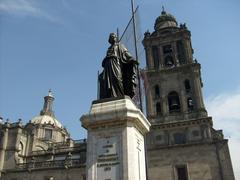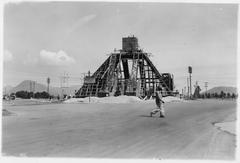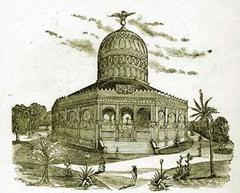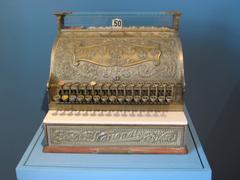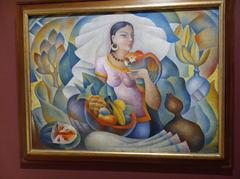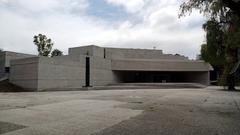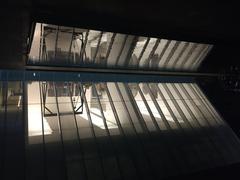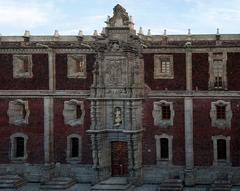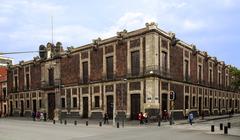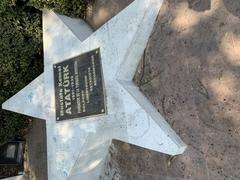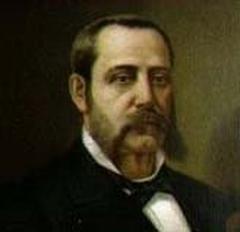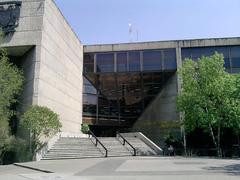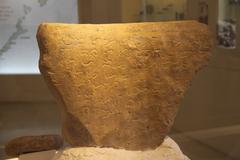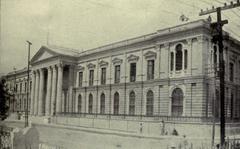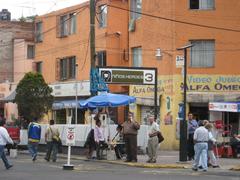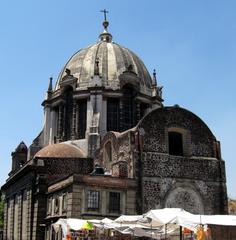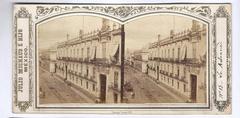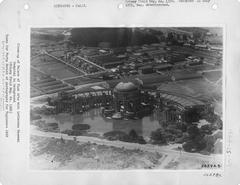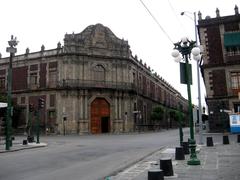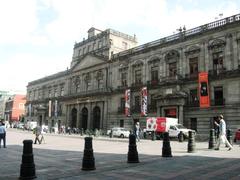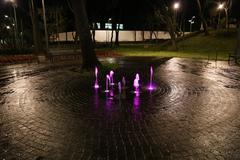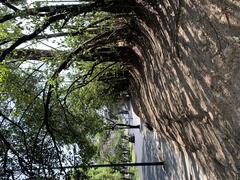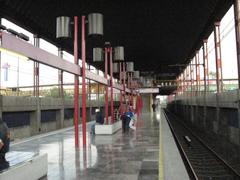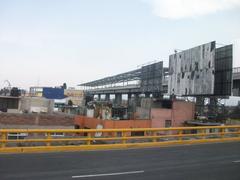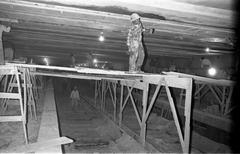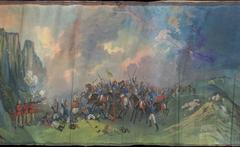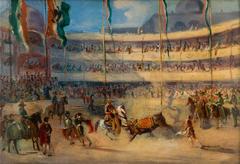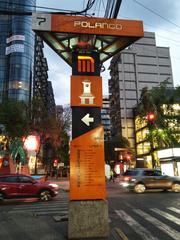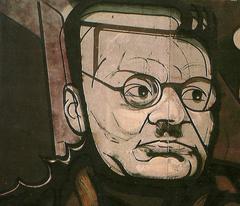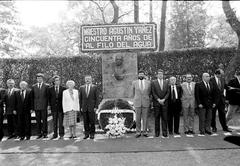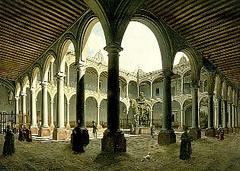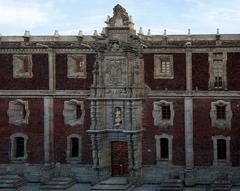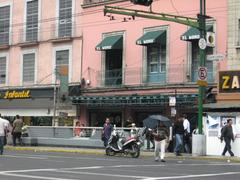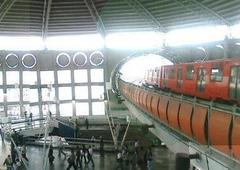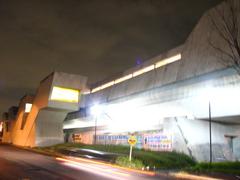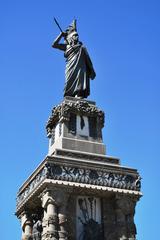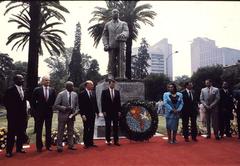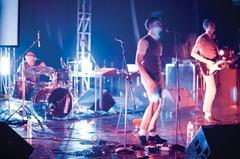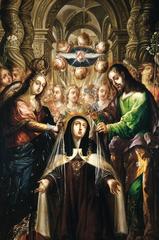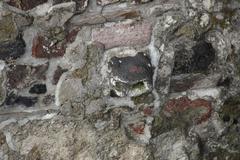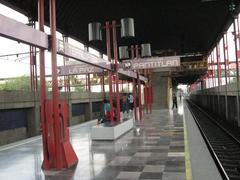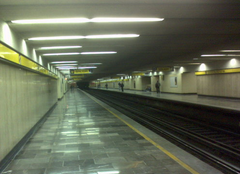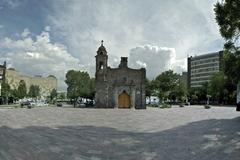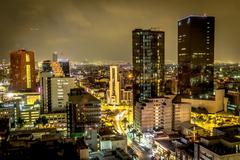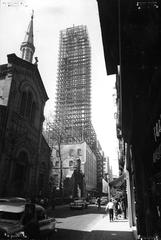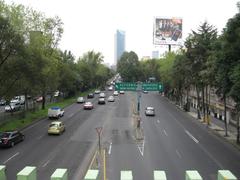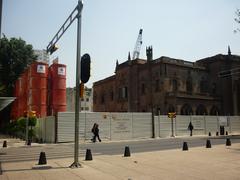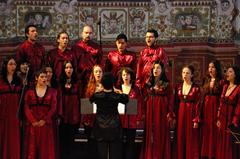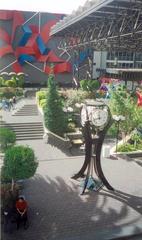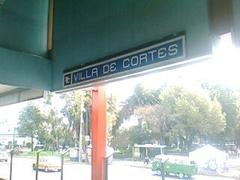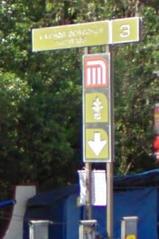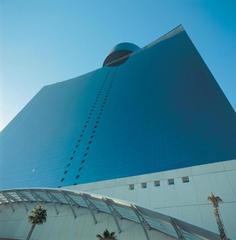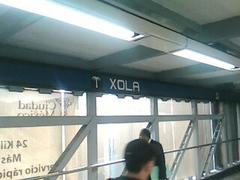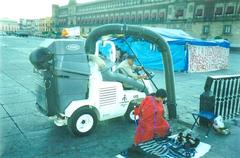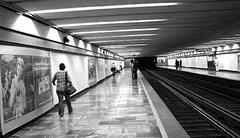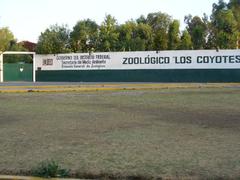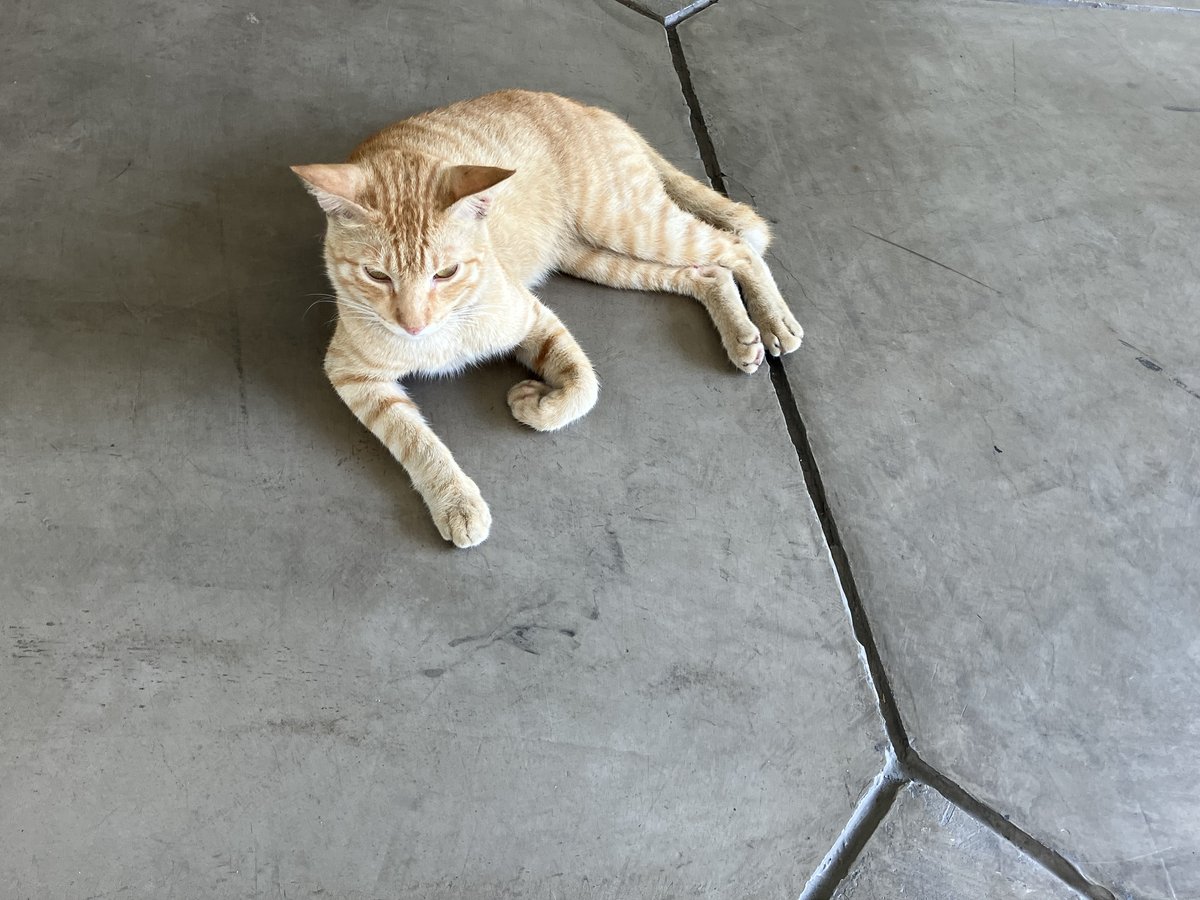
Comprehensive Guide to Visiting Museo Nacional de Antropología, Mexico City, Mexico
Date: 16/07/2024
Introduction
The Museo Nacional de Antropología (National Museum of Anthropology) in Mexico City stands as a profound testament to the rich cultural heritage and historical depth of Mexico. Inaugurated on September 17, 1964, by then-President Adolfo López Mateos, the museum was designed by the esteemed architect Pedro Ramírez Vázquez, alongside Rafael Mijares and Jorge Campuzano. The museum’s modernist architecture and innovative design, notably featuring the iconic ‘El Paraguas’ (The Umbrella), symbolize the unity and diversity of Mexican culture (INAH). The museum is a treasure trove of artifacts from ancient Mesoamerican civilizations, including the Olmec, Maya, Aztec, and Zapotec, offering visitors a captivating journey through pre-Hispanic cultures and contemporary indigenous societies (Smithsonian Magazine, Britannica). This guide aims to provide comprehensive information on the museum’s history, architecture, collections, and practical visitor details, ensuring an enriching and memorable visit.
Table of Contents
- [Introduction](#introductionintroduction)
- [History and Significance](#history-and-significancehistory-and-significance)
- [Origins and Establishment](#origins-and-establishmentorigins-and-establishment)
- [Architectural Significance](#architectural-significancearchitectural-significance)
- [Cultural and Historical Collections](#cultural-and-historical-collectionscultural-and-historical-collections)
- [Pre-Hispanic Cultures](#pre-hispanic-culturespre-hispanic-cultures)
- [Ethnographic Collections](#ethnographic-collectionsethnographic-collections)
- [Visitor Information](#visitor-informationvisitor-information)
- [Visiting Hours and Tickets](#visiting-hours-and-ticketsvisiting-hours-and-tickets)
- [Travel Tips](#travel-tipstravel-tips)
- [Nearby Attractions](#nearby-attractionsnearby-attractions)
- [Accessibility](#accessibilityaccessibility)
- [Educational and Research Contributions](#educational-and-research-contributionseducational-and-research-contributions)
- [National and International Recognition](#national-and-international-recognitionnational-and-international-recognition)
- [Impact on Mexican Identity and Cultural Heritage](#impact-on-mexican-identity-and-cultural-heritageimpact-on-mexican-identity-and-cultural-heritage)
- [FAQ](#faqfaq)
- [Conclusion](#conclusionconclusion)
History and Significance
Origins and Establishment
The Museo Nacional de Antropología was inaugurated on September 17, 1964, by then-President Adolfo López Mateos. Designed by architect Pedro Ramírez Vázquez, along with Rafael Mijares and Jorge Campuzano, the museum is renowned for its modernist architecture and innovative design. The establishment of the museum was part of a broader effort to promote Mexican culture and heritage during a period of significant national development and modernization (INAH).
Architectural Significance
The museum’s architecture is a masterpiece. The central courtyard features a large pond and a monumental umbrella-like structure known as “El Paraguas” (The Umbrella), which is supported by a single slender column. This iconic feature symbolizes the unity and diversity of Mexican culture. The design allows for natural light to illuminate the exhibits, creating a dynamic and engaging environment for visitors (ArchDaily).
Cultural and Historical Collections
Pre-Hispanic Cultures
The ground floor showcases artifacts from various ancient civilizations, such as the Olmec, Maya, Aztec, and Zapotec. Notable pieces include the Aztec Sun Stone, colossal Olmec heads, and intricate Maya stelae. A replica of the tomb of the Maya ruler Pakal the Great is also featured, complete with the original jade funerary mask and other burial offerings (Smithsonian Magazine, Britannica).
Ethnographic Collections
The upper floor is dedicated to the ethnographic study of contemporary indigenous groups in Mexico. Exhibits highlight the rich cultural diversity of the country and showcase traditional clothing, crafts, and rituals. These collections provide a comprehensive overview of how indigenous communities have preserved their cultural heritage while adapting to modern challenges (INAH).
Visitor Information
Visiting Hours and Tickets
The Museo Nacional de Antropología is open from Tuesday to Sunday, 9:00 AM to 8:00 PM. It is closed on Mondays. General admission tickets cost approximately MXN 85, with discounts available for students, teachers, and seniors. Admission is free on Sundays for Mexican citizens and residents.
Travel Tips
- Best Time to Visit: Weekdays are less crowded compared to weekends.
- Guided Tours: Available in multiple languages and highly recommended for a deeper understanding of the exhibits.
- Photography: Permitted without flash. Special photography permits are available for professional use.
Nearby Attractions
- Chapultepec Castle: A historic castle offering panoramic views of Mexico City.
- Chapultepec Park: One of the largest city parks in the world, perfect for a leisurely stroll.
- Tamayo Museum: Showcasing contemporary art from Mexico and around the world.
Accessibility
The museum is wheelchair accessible and offers services such as ramps, elevators, and accessible restrooms. Wheelchairs are available for loan at the information desk.
Educational and Research Contributions
The museum houses a vast library and archive that are invaluable resources for scholars. It regularly hosts academic conferences, workshops, and lectures, fostering a vibrant intellectual community. Educational programs, including guided tours and hands-on workshops, engage visitors of all ages (UNESCO).
National and International Recognition
In 1987, the museum’s collection of pre-Hispanic artifacts was inscribed on the UNESCO Memory of the World Register, recognizing its significance as a cultural treasure. This underscores the museum’s role in preserving and promoting the cultural heritage of Mexico and the world (UNESCO).
Impact on Mexican Identity and Cultural Heritage
By showcasing the rich and diverse cultural heritage of Mexico, the museum fosters a sense of pride and belonging among Mexicans. It serves as a reminder of the country’s deep historical roots and the contributions of its indigenous peoples to global civilization. The museum’s efforts promote cultural awareness and understanding, contributing to the broader goal of preserving cultural diversity (INAH).
FAQ
Q: What are the Museo Nacional de Antropología visiting hours? A: The museum is open from Tuesday to Sunday, 9:00 AM to 8:00 PM, and closed on Mondays.
Q: How much do tickets to the Museo Nacional de Antropología cost? A: General admission tickets cost approximately MXN 85, with discounts for students, teachers, and seniors. Admission is free on Sundays for Mexican citizens and residents.
Q: Are guided tours available at the Museo Nacional de Antropología? A: Yes, guided tours are available in multiple languages and are highly recommended.
Q: Is the Museo Nacional de Antropología wheelchair accessible? A: Yes, the museum is wheelchair accessible and offers services such as ramps, elevators, and accessible restrooms.
Conclusion
The Museo Nacional de Antropología is more than just a museum; it is a beacon of Mexico’s cultural and historical legacy. Its extensive collections and meticulously curated exhibits provide profound insights into the ancient civilizations that once flourished in Mesoamerica. Visitors can marvel at iconic artifacts such as the Aztec Sun Stone, the Maya stelae, and the Olmec colossal heads, each telling a unique story of Mexico’s past (INAH, Smithsonian Magazine). The museum’s commitment to education and research, coupled with its accessible and visitor-friendly facilities, makes it a must-visit destination for anyone interested in Mexican anthropology. By showcasing the diversity and richness of Mexico’s cultural heritage, the museum fosters a sense of pride and belonging among Mexicans while promoting global cultural awareness (UNESCO). Whether you’re a history enthusiast, a cultural explorer, or a curious traveler, the Museo Nacional de Antropología offers a deeply enriching experience that connects you with the soul of Mexico.
References
- INAH. (n.d.). Retrieved from https://www.inah.gob.mx
- Smithsonian Magazine. (n.d.). Retrieved from https://www.smithsonianmag.com
- Britannica. (n.d.). Retrieved from https://www.britannica.com
- UNESCO. (n.d.). Retrieved from https://whc.unesco.org

